How to fit and use a Wideband O2 Sensor
When modifying cars, Wideband O2 sensors are a very useful diagnostic and monitoring tool. In this second article of the series, we explain how to fit and use a Wideband O2 sensor.
Fitting a Wideband – Permanent install
The ideal way to fit a Wideband O2 controller is to replace the factory narrowband sensor in the exhaust pipe. A good Wideband controller such as our TechEdge 2J9 will provide a simulated narrowband O2 output for the ECU, allowing the ECU to operate in closed loop mode as if the factory sensor was still in the exhaust. The controller also provides a Wideband O2 reading to your laptop or display gauge allowing you to read the true AFR.
Gauges can be installed on the dash to view the AFR in realtime, so you can monitor your AFR while driving. This is great for any high performance application, and allows you to avoid serious engine damage from a lean condition.
Fitting a Wideband – Temporary install
You can also fit a Wideband temporarily, to quickly check over things or do a quick tuning session. This is similar to operating on a chassis dyno – the sensor is installed into the exhaust pipe in the factory location temporarily, the controller powered up, and a display gauge or laptop can then used to check whether the AFRs are in a healthy range. This can be a good method where a few like minded friends want to share a sensor between a few cars.
Viewing your AFR and other engine vitals
To view your AFRs we recommend our TechEdge 2J Wideband O2 Controller kit. These kits come with everything required to allow you to log your Air to Fuel Ratio, along with 5 other sensors inputs (ie. tacho, road speed, throttle position, intake temperature), and allow you to view this on your laptop.
To monitor in car, we recommend one of the TechEdge gauges, which use a digital connection to the controller for the best possible accuracy:
What is the right AFR?
Different engine types, setups, conditions and different fuels all require different AFRs. Use the below table as a guide, but remember that for maximum power/torque you will need to measure the affect of changes on a dyno or at the drag strip.
| Running Condition | Petrol AFR Target |
|---|---|
| Idle | 14.7:1 |
| Cruise | 14.7:1 |
| Lean Cruise | 15-16:1 |
| Wide Open Throttle (N/A) | 12.8:1 |
| Wide Open Throttle (boosted) | 12:1 |
What to do if your AFRs are not right?
Monitoring your AFR is the first step towards getting the best performance from your car. If you find your AFRs are not in the ideal range, you will need to look at tuning to alter the amount of fuel your ECU is commanding and bring the AFRs back into the ideal range.
We provide a great range of products and services to help if your EA-EL Falcon is running too rich or lean. These include:
- Stage 2 or Stage 3 J3 Chips, programmed with a tune based on your AFR readings
- J3 Chip and Programmer packs to allow you to DIY tune your car
Contact us if you have any questions!

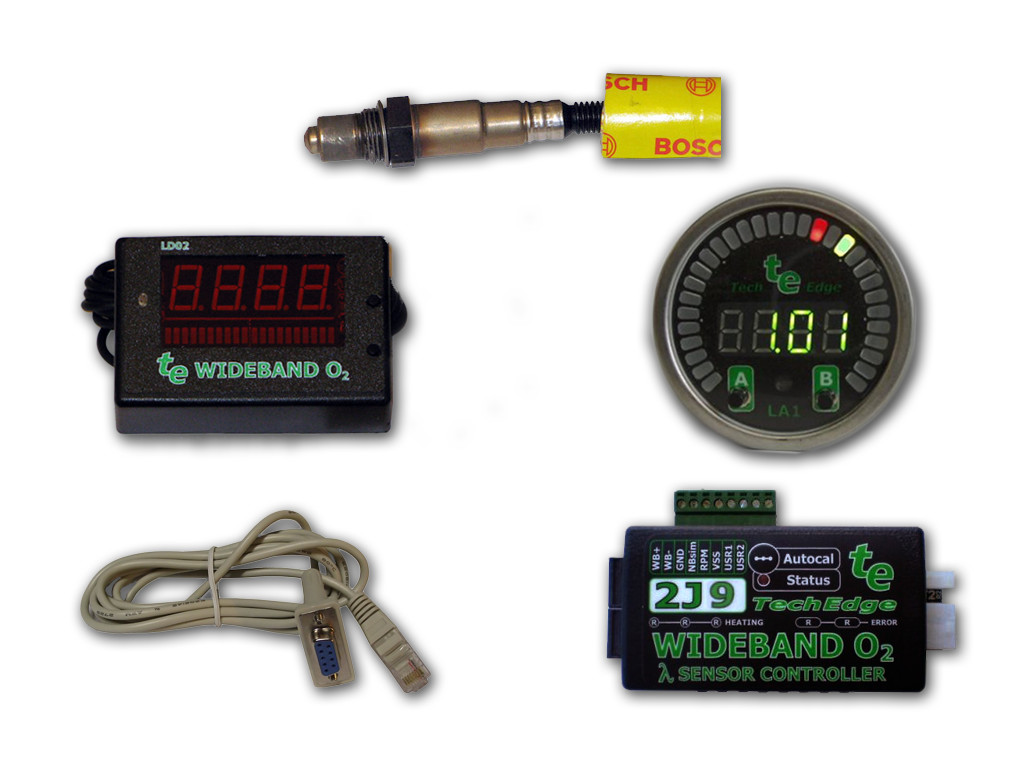

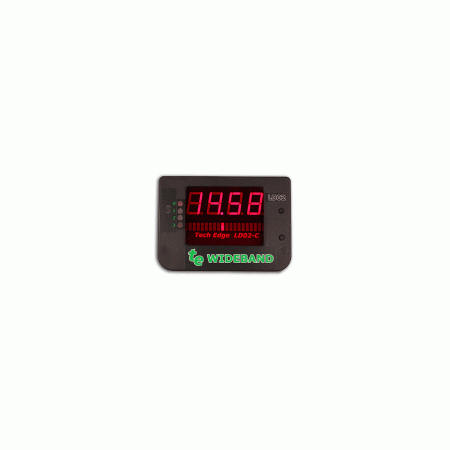


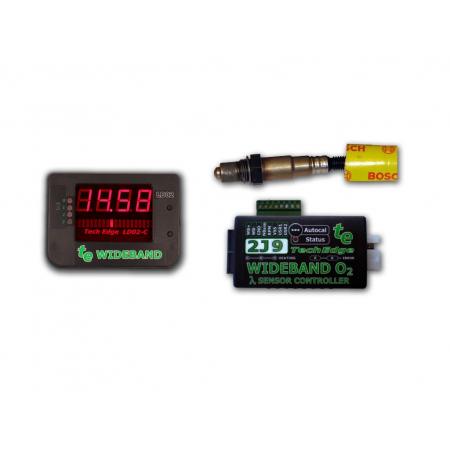



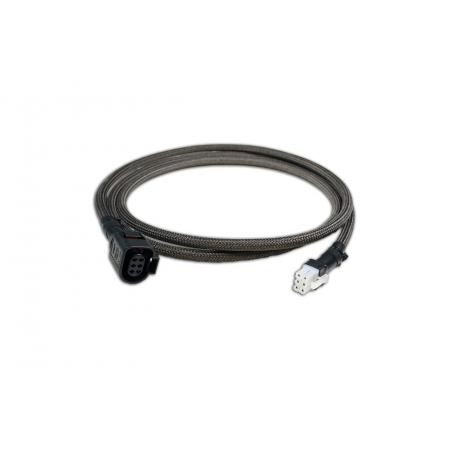


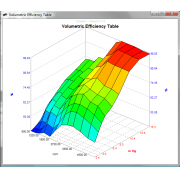



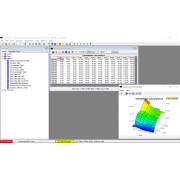
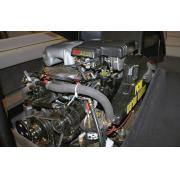
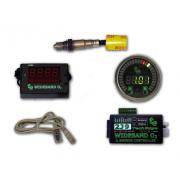
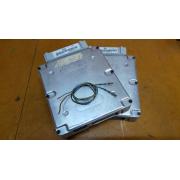







Leave a Reply
Want to join the discussion?Feel free to contribute!